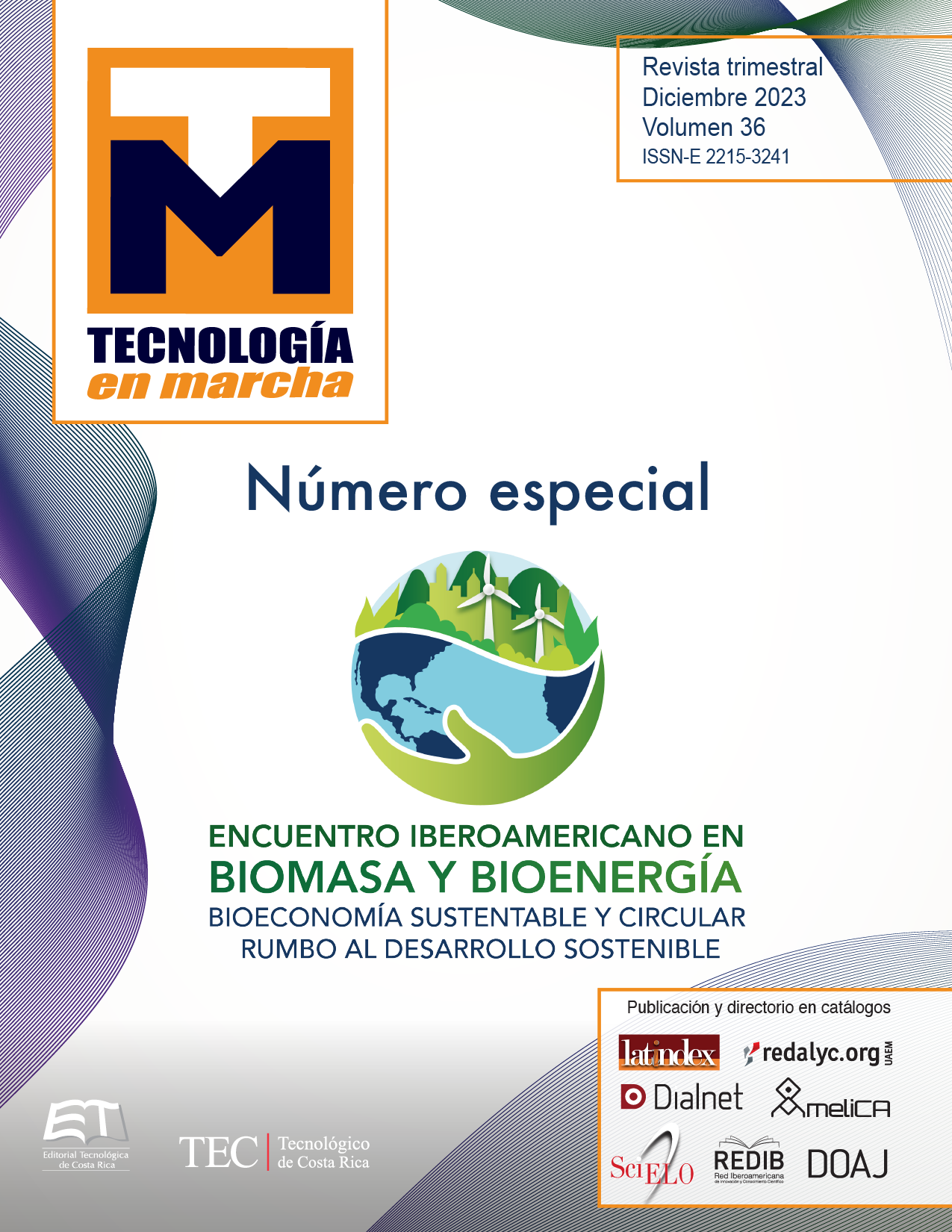Optimal design of the pellet production supply chain from agro-waste in Querétaro, Mexico
Main Article Content
Abstract
Global energy demand has increased dramatically due to population growth. In Mexico, there has been a 209% increase in electricity consumption at the national level from 1990-2020, reaching 307.480 TWh (EIA, 2021). In this sense, it is now necessary to identify new sustainable energy sources with which it is possible to meet the needs economically and efficiently. Biomass is one of the most abundant and available components on the planet, so it is a crucial part of the production of bioenergetics that promote the circular economy (Pradhan et al., 2019). Specifically, using residual biomass from agro-industrial processes as a raw material for biofuels is an attractive alternative with which it is possible to visualize a sustainable energy landscape while promoting the integral management of this waste. Thus, this paper proposes the optimal design of the supply chain of pellet production from agro-waste, taking as a case study the state of Querétaro in Mexico. For this purpose, a linear integer mixed mathematical optimization model was proposed, encoded in GAMS. The results show that it is possible to satisfy 62% of energy in Querétaro using pellets obtained from agro-biomass. In addition, these biofuels allow a 20% reduction in emissions by replacing conventional sources for energy production with agro-waste.
Article Details

This work is licensed under a Creative Commons Attribution-NonCommercial-NoDerivatives 4.0 International License.
Los autores conservan los derechos de autor y ceden a la revista el derecho de la primera publicación y pueda editarlo, reproducirlo, distribuirlo, exhibirlo y comunicarlo en el país y en el extranjero mediante medios impresos y electrónicos. Asimismo, asumen el compromiso sobre cualquier litigio o reclamación relacionada con derechos de propiedad intelectual, exonerando de responsabilidad a la Editorial Tecnológica de Costa Rica. Además, se establece que los autores pueden realizar otros acuerdos contractuales independientes y adicionales para la distribución no exclusiva de la versión del artículo publicado en esta revista (p. ej., incluirlo en un repositorio institucional o publicarlo en un libro) siempre que indiquen claramente que el trabajo se publicó por primera vez en esta revista.
References
International Energy Agency “EIA,” World Oil production, 2021, http://www.iea.org/fuels-and-technologies/oil
P. Pradhan, P. Gadkari, A. Arora, S.M. Mahajani, 2019, Economic feasibility of agro waste pelletization as an energy option in rural India, Energy Procedia, 158, 3405-3410
Secretaría de Energía “SENER”, Atlas Nacional de Biomasa, 2018, https://www.gob.mx/sener/articulos/atlas-nacional-de-biomasa
I. Dupuis, “Estimación de los residuos agrícolas generados en la isla de Tenerife resumen del estudio de GPA S.L. para el cabildo insular de Tenerife (N.o 1)”, Servicio técnico de agricultura y desarrollo rural, 2006, https://doi.org/10.1145/1067268.1067287
ISO, Solid biofuels-fuel specifications and classes- Part 6: Graded non-woody pellets, 2021, https://www.iso.org/standard/76093.html

